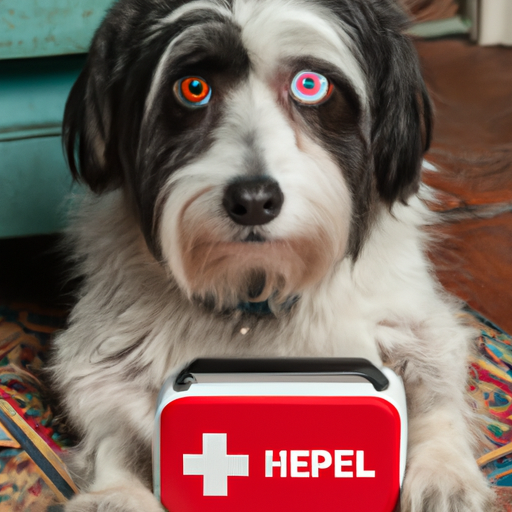Introduction
You’re settled comfortably at home when you suddenly notice that your beloved furry friend’s eye appears swollen and red. It could be a case of cherry eye, a common condition in dogs. Fear not, as you can manage this situation at home while consulting with your vet. This guide will walk you through the steps to provide relief for your loyal companion.
What is Cherry Eye?
Cherry eye is a condition that affects the third eyelid of dogs, causing it to become swollen and protrude from the corner of the eye. In normal circumstances, this third eyelid is barely visible. However, when inflamed, it resembles a red mass or “cherry,” hence the name.
How to Identify Cherry Eye
Before you can treat cherry eye, you need to be certain that’s the issue your dog is facing. Here are the common signs:
- Swelling in the corner of the eye
- Redness or pinkness in the eye
- Your dog rubbing their eye
- Excessive tear production or discharge
Home Treatment Options
While it’s always recommended to consult your vet, there are a few home treatment options you can try:
- Massage: Gently massage the area with a warm, damp cloth to relieve inflammation.
- Eyedrops: Over-the-counter eye drops could help soothe the eye.
- Prevent Scratching: Prevent your dog from scratching the affected eye.
| Treatment | How often | Precaution |
|---|---|---|
| Massage | 2-3 times/day | Avoid pressing hard |
| Eye drops | As prescribed | Consult vet first |
| Preventing Scratch | Always | Use a protective collar |
Consult with Your Vet
While these home treatments can provide temporary relief, it’s crucial to consult with your vet for a comprehensive treatment plan. They may suggest surgical options if the condition is severe.
FAQ Section
Q: Is cherry eye painful for my dog?
A: While cherry eye might look uncomfortable, it’s not usually painful. However, if left untreated, it can cause dry eye and other complications.
Q: Can cherry eye be prevented?
A: Unfortunately, there’s no known way to prevent cherry eye.
Q: Can cherry eye reoccur after surgery?
A: Yes, in some cases, cherry eye can reoccur even after surgical correction.
Remember, as a caregiver, your role is to ensure the comfort and health of your pet. By being attentive to any changes in your dog’s behavior or appearance, you can help manage conditions like cherry eye and ensure your furry friend lives a happy, healthy life.



